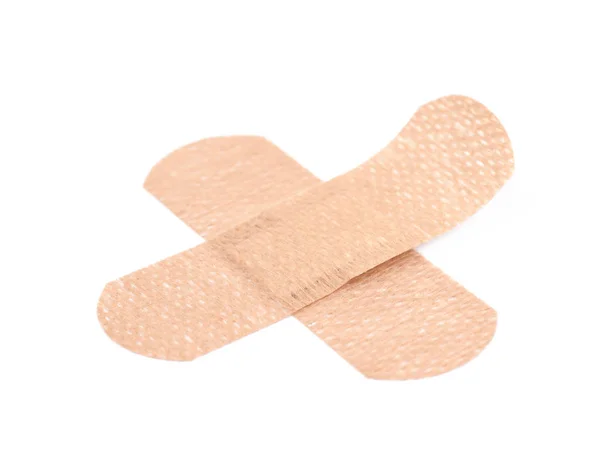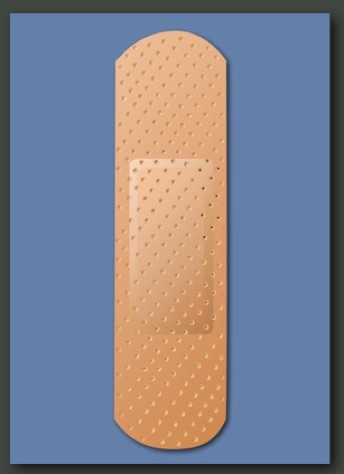
Repeat step three again and again until corrected 4. Swear quietly upon realising it is in the wrong position. Lower one of the sticky ends allowing it come into contact with the skin. Quickly calculate where to position the sticking plaster in order to make maximum use of the minimal gauze bandage. This will prove to be far more difficult than the first step due to the sticking plaster's automatic curling reflex 3.ĭangle the now freed sticking plaster over the wound.

Pull.Īttempt to repeat the above step to remove the gloss paper backing from the adhesive tape. This is achieved by gripping one end between the thumb and forefinger of your one good hand and the other end between the upper and lower incisors of the mouth of your choice. Procedure for Single-handed Sticking Plaster Application Or more correctly, it was never designed to be applied single-handedly.īut if you must use one, and don't want to look like a wuss in the Accident and Emergency Room, please read the following instructions.

The sticking plaster was never intended, or indeed designed, for use on the arms, hands or fingers. This causes the sticking plaster to immediately lose all adhesion and eject itself into oblivion, never to be seen again 2.This usually occurs without the wearer knowing.Īnother popular misconception is that the sticking plaster is meant for general use, anywhere on the body. Their real function is to catch on clothes, socks, carpets, and so on. Their surface area is obviously too small to adhere properly to the skin, if this was in fact their purpose. On the standard rectangular strip sticking plaster there are two very thin strips of tape on either side of the gauze.

It is a little-known fact that most sticking plasters have a secret 'quick release' feature. Many people (especially the more hirsute) hate removing sticking plasters due to the acute depilatory 1 sensation that removal entails. There are, however, a number of misconceptions about its use and function. It is used to cover cuts and wounds that are small enough not to require stitches or surgery.
#STICKING PLASTER PATCH#
Compare Standard and Premium Digital here.Īny changes made can be done at any time and will become effective at the end of the trial period, allowing you to retain full access for 4 weeks, even if you downgrade or cancel.A sticking plaster is a small patch of gauze bandage, set in a strip of flesh-coloured adhesive tape. You may also opt to downgrade to Standard Digital, a robust journalistic offering that fulfils many user’s needs. If you’d like to retain your premium access and save 20%, you can opt to pay annually at the end of the trial. If you do nothing, you will be auto-enrolled in our premium digital monthly subscription plan and retain complete access for $69 per month.įor cost savings, you can change your plan at any time online in the “Settings & Account” section. For a full comparison of Standard and Premium Digital, click here.Ĭhange the plan you will roll onto at any time during your trial by visiting the “Settings & Account” section. Premium Digital includes access to our premier business column, Lex, as well as 15 curated newsletters covering key business themes with original, in-depth reporting.

Standard Digital includes access to a wealth of global news, analysis and expert opinion. During your trial you will have complete digital access to FT.com with everything in both of our Standard Digital and Premium Digital packages.


 0 kommentar(er)
0 kommentar(er)
